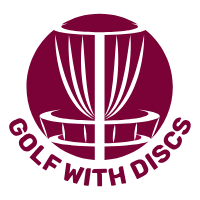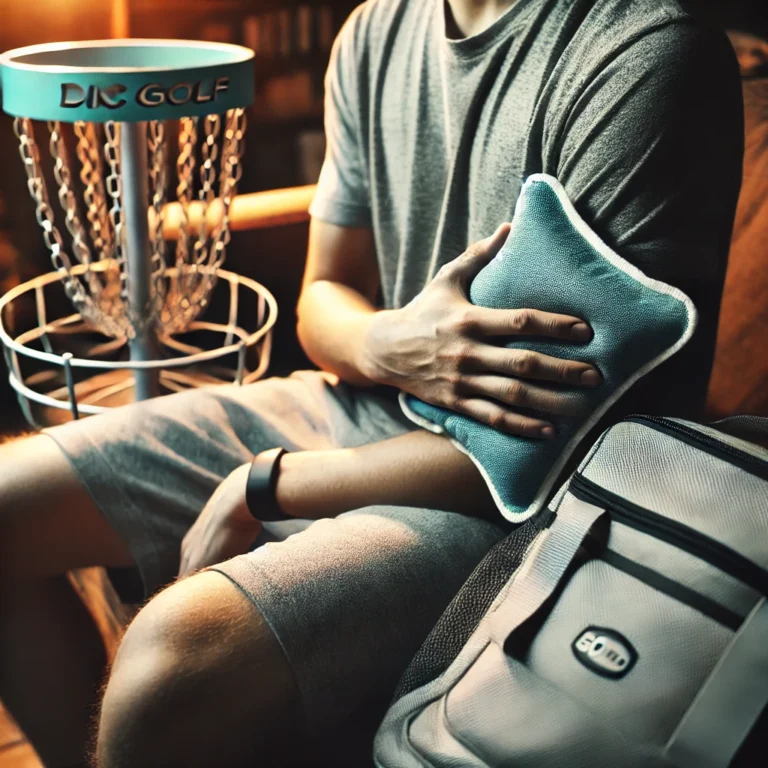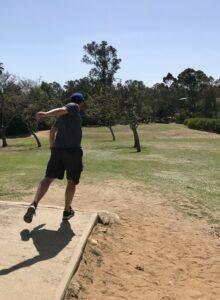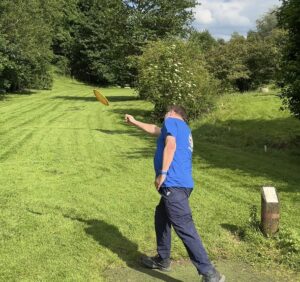Injuries can ruin your disc golf game faster than a bad round. Whether it’s an overworked elbow or a knee twist from an awkward pivot, the pain can bench you when all you want is to play. Imagine missing a sunny day on the course because you didn’t take a few simple steps to protect yourself. The frustration of sitting out is almost as bad as the injury itself. This guide to Disc Golf Injury Prevention will show you how to stay pain-free and keep your game on point. From perfecting your form to recovery tips that work, we’ve got you covered so you can focus on those chain-smashing throws.
How to Prevent Injuries in Disc Golf
A poor throw can hurt more than your score; it can wreak havoc on your elbow. Let’s be honest: the disc isn’t to blame—it’s all in the technique. Brushing up with lessons or watching pro tutorials online can revolutionize both your throws and your health. Sharper form means fewer aches, fewer injuries, and a whole lot more fun.
Warm-up Before You Throw: Ever seen a pro athlete jump straight into a game without stretching? Neither have I. Take a few minutes before your round to get those muscles limber. A simple stretch can go a long way.

Sturdy Shoes Matter: We’ve all tried that ‘casual’ round in flip-flops, only to regret it later. Invest in a good pair of sturdy, grippy shoes. Your ankles will thank you, especially on those uneven terrains.
Watch Where You Step: Speaking of terrain, be wary of slippery surfaces or unseen obstacles. I’ve seen more injuries from a slip on the tee pad than a bad throw. Keep an eye out!
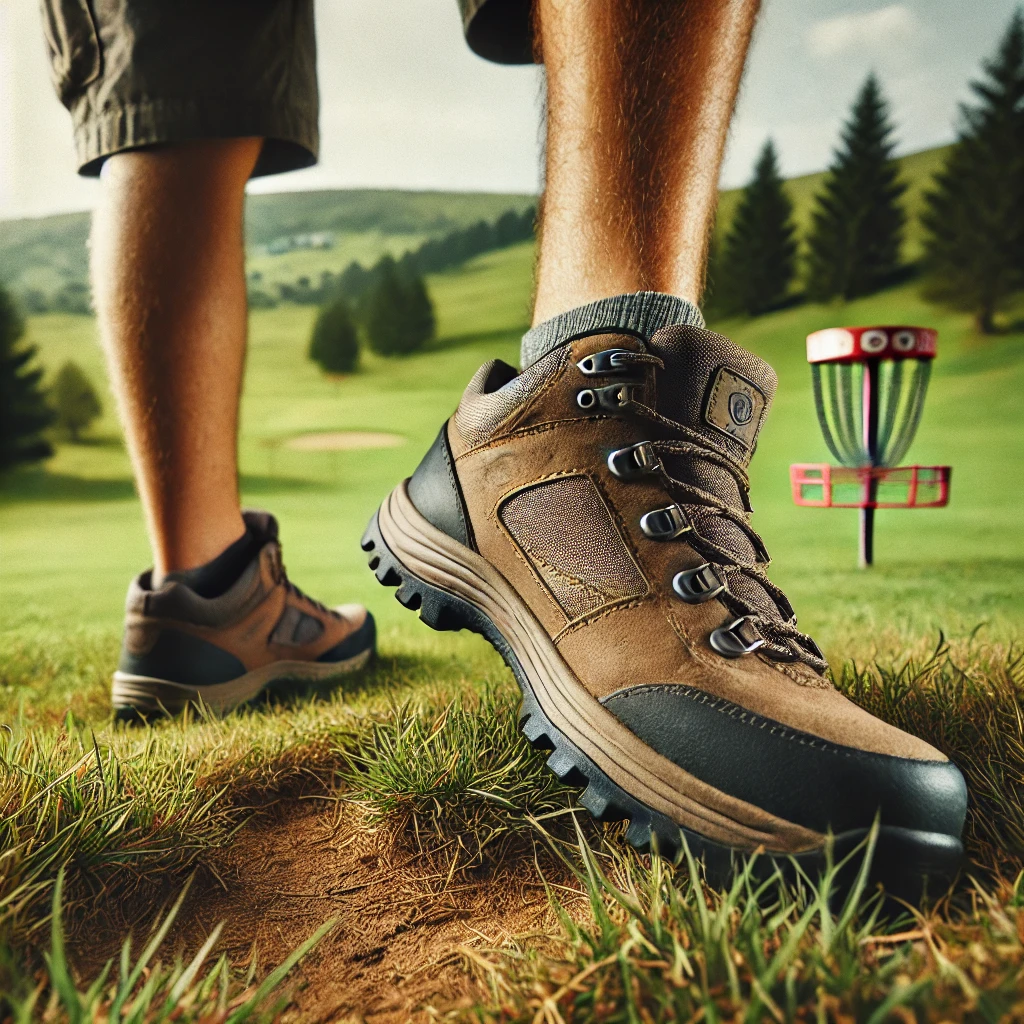
Is Disc Golf Injury Prevention Easier Than Other Sports?
Disc golf isn’t rugby—no tackles, no speeding balls, and the trees stay put. But repetitive motions? That’s a sneaky threat. Poor technique over time can wear down your joints and muscles, but fixing small habits can lead to big relief.
But let’s flip the perspective. Disc golf offers a great way to get outdoors, engage in mild cardio, and give our brains a workout with every strategic throw. When played with awareness and care, it’s much kinder on the body than many other sports.
Recovery Tips for Disc Golf Injury Prevention
Even with perfect form and solid warm-ups, your body craves recovery after a round. Think of recovery as your MVP—minor effort now saves you from major pain later. Here’s how you can show your body some love post-play:
- Hydration Heroes: Dehydrated muscles are prone to cramps. Keep the water flowing during and after your game.
- Stretch to Destress: Post-round stretching keeps your muscles flexible and ready for the next challenge. Focus on your shoulders, back, and legs.
- Cold Therapy: A cold pack on sore joints after play can reduce inflammation and keep you moving smoothly.
- Rest and Recharge: A day off here and there isn’t slacking—it’s strategy. Muscles need time to repair so you can throw stronger and farther.
Listen to your body like you’d listen to your caddy—it knows what’s best for you.
Strengthening Your Game and Your Body
Injury prevention isn’t just about avoiding bad habits; it’s about building good ones. Strengthening exercises tailored to disc golfers can make a massive difference:
- Core Workouts for Stability: A strong core is your anchor during throws. Add planks or Russian twists to your fitness routine for more stability and power.
- Resistance Bands for Arms and Shoulders: Gentle, controlled movements with resistance bands improve flexibility and muscle endurance in key areas.
- Single-Leg Balancing Drills: Balance drills can train your body to adapt to uneven terrains. Start simple, like balancing on one leg for 30 seconds, and build up.
These small tweaks to your fitness plan don’t just prevent injuries; they also boost your performance on the course.
Common Arm Injuries from Disc Golf
- Tennis Elbow (or should we say, Disc Golf Elbow?): It’s that pain you feel on the outside of your elbow from overuse. Remember that proper technique we talked about? Here’s where it pays dividends.
- Rotator Cuff Injuries: These tiny muscles in your shoulder can take a beating with repeated, forceful throws. Strengthening and stretching exercises can help.
- Wrist Sprains: These are pretty common, especially when trying to add that extra ‘snap’ to your throw. Again, correct form is your best defense.
How Disc Golf Affects Your Knees
For the most part, the answer is no, unless you’re one of those brave souls who loves to jump putt from 50 feet away. The twisting motion when you pivot on your lead foot can be stressful to your knees. If you’ve got a history of knee issues, you might want to re-evaluate that part of your technique. And just like your arm, proper form and technique can save your knees a lot of grief.
Wrapping Up Injury Prevention with a Smile
Avoiding disc golf injuries is simple when you stick to the essentials:
- Sharpen your technique.
- Stretch before you throw.
- Lace up sturdy shoes.
- Watch your footing.
And most importantly, always listen to your body. If something doesn’t feel right, don’t push it. There’ll always be another day, another course, and another chance to throw that perfect shot. But only if you’re in top shape to play.
So, next time you’re out on the course, take a moment to appreciate that marvelous game, chuckle at the inevitable rogue throws, and always play smart. After all, disc golf isn’t just about the score, it’s about the journey. And we all want that journey to be pain-free. Well, physically at least. Can’t help you with the anguish of missing that 10-foot putt!
Stay safe, play smart, and may your discs always find the chains. Except when you’re practicing injury prevention, then they can miss a few times. We’ll let it slide.
